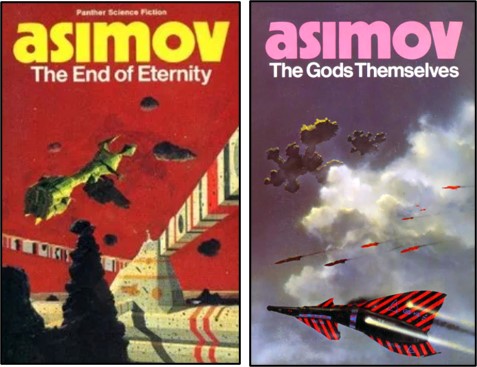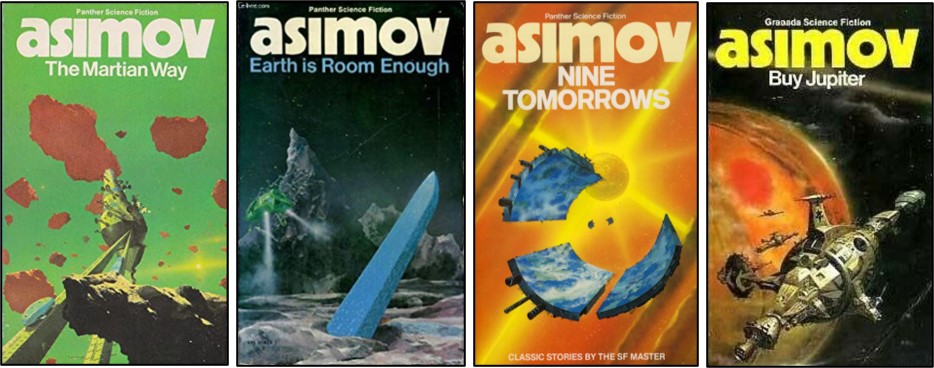


Isaac Asimov
Born January 2, 1920 (possibly - the exact date is unknown), died April 6, 1992, Isaac Asimov was (and still is) one of my favourite SF writers. The "good doctor" (a PhD biochemistry academic at Boston University from 1949-1957) was an extremely prolific writer who wrote or edited more than 500 books, mostly non-fiction.
His SF books are highly recommended, if you like strightforward prose, clear explanations, and 'hard' SF.

Major Awards won
1963 – Special Hugo Award - essays in Magazine of Fantasy and Science Fiction
1964 – Nightfall (1941) voted all-time best science fiction short story by SFWA
1966 – Hugo Award for Best All-time Novel Series (Foundation trilogy)
1972 – Hugo & Nebula Awards for Best Novel for The Gods Themselves
1977 – Hugo & Nebula Awards for Best Novelette for The Bicentennial Man
1981 – An asteroid, 5020 Asimov, named in his honor
1983 – Hugo Award for Best Novel for Foundation's Edge
1986 – Named 8th SFWA Grand Master
1992 – Hugo Award for Best Novelette for Gold
1995 – Hugo Award for Best Non-Fiction Book for I. Asimov: A Memoir
Partial Bibliography
Greater Foundation
Sequence (in internal chronological order)
The Robot
series:
The Caves of
Steel (1954)
The Naked Sun (1957)
The Robots of
Dawn (1983)
Robots and
Empire (1985)
Galactic
Empire novels:
The Currents of
Space (1952)
The Stars, Like
Dust (1951)
Pebble in the
Sky (1950)
Foundation
prequels: (occur before original novels, but best read afterwards)
Prelude to
Foundation (1988)
Forward the
Foundation (1993)
Foundation
series:
Foundation (1951)
Foundation and
Empire (1952)
Second
Foundation (1953)
Foundation's
Edge (1982)
Foundation and
Earth (1986)
Standalone
SF Novels
The End of
Eternity (1955)
Fantastic
Voyage (1966)
The Gods
Themselves (1972)
Fantastic
Voyage II: Destination Brain (1987)
Nemesis (1989)
Nightfall
(1990) with Robert Silverberg
Child of Time
(1992) with Robert Silverberg
The Positronic
Man (1993) with Robert Silverberg
Short
Story Collections
I, Robot (1950)
The Martian Way
and Other Stories (1955)
Earth Is Room
Enough (1957)
Nine Tomorrows
(1959)
The Rest of the
Robots (1964)
Through a Glass, Clearly (1967)
Asimov's
Mysteries (1968)
Nightfall One (1970)
Nightfall Two
(1971)
The Early
Asimov (1972)
Buy Jupiter and
Other Stories (1975)
The
Bicentennial Man and Other Stories (1976)
The Complete Robot (1982)
The Winds of
Change and Other Stories (1983)
The Edge of
Tomorrow (1985)
The Alternate Asimovs (1986)
Robot Dreams (1986)
Azazel (1988)
Robot Visions (1990)
Gold (1995)
Magic (1996)
Lucky Starr Juveniles (Writing as Paul French)
David Starr: Space Ranger (1952)
Lucky Starr and the Pirates of the Asteroids (1953)
Lucky Starr and the Oceans of Venus (1954)
Lucky Starr and the Big Sun of Mercury (1956)
Lucky Starr and the Moons of Jupiter (1957)
Lucky Starr and the Rings of Saturn (1958)
Black Widowers (detective genre, not SF)
Tales of the Black Widowers (1974)
More Tales of the Black Widowers (1976)
Casebook of the Black Widowers (1980)
Banquets of the Black Widowers (1984)
Puzzles of the Black Widowers (1990)
The Return of the Black Widowers (2003)
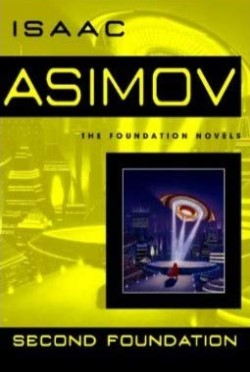
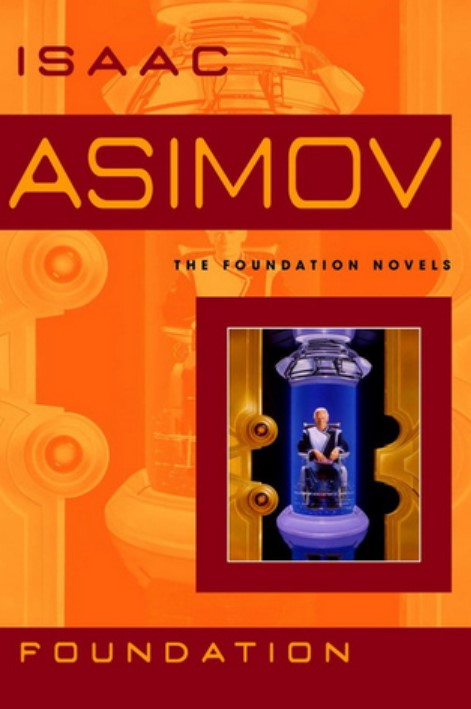
Asimov's Three Laws of Robotics
The Three Laws of Robotics are rules invented by Asimov that serve as the guiding principles of all the robots in his robot series novels and short stories (collected in I, Robot, The Rest of the Robots and the later collection, The Complete Robot). The laws were first introduced in the 1942 story Runaround and developed and explored over the course of the robot stories.
The Three Laws are:
First Law: A robot may not injure a human being or, through inaction, allow a human being to come to harm.
Second Law: A robot must obey the orders given it by human beings except where such orders would conflict with the First Law.
Third Law: A robot must protect its own existence as long as such protection does not conflict with the First or Second Law.
In Robots and Empire, Asimov extended these laws, to provide a rule for circumstances where robots had taken responsibility for humanity on a global basis.This zeroth law would precede the original three laws. The robotic character R. Daneel Olivaw was the first to give the Zeroth Law a name in the Robots and Empire:
Zeroth Law: A robot may not harm humanity, or, by inaction, allow humanity to come to harm.

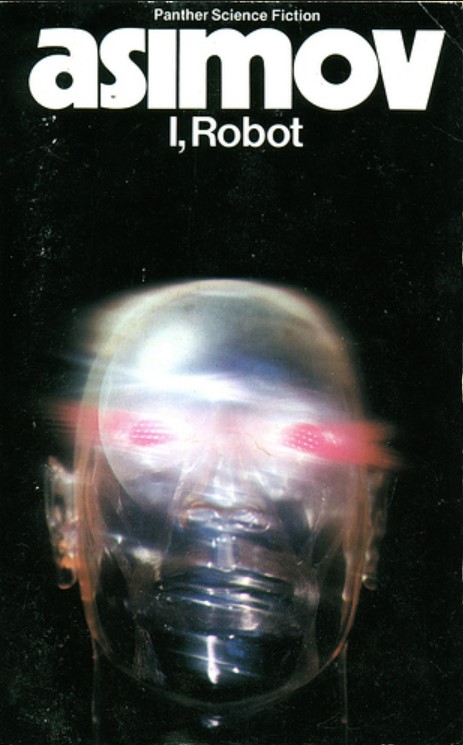
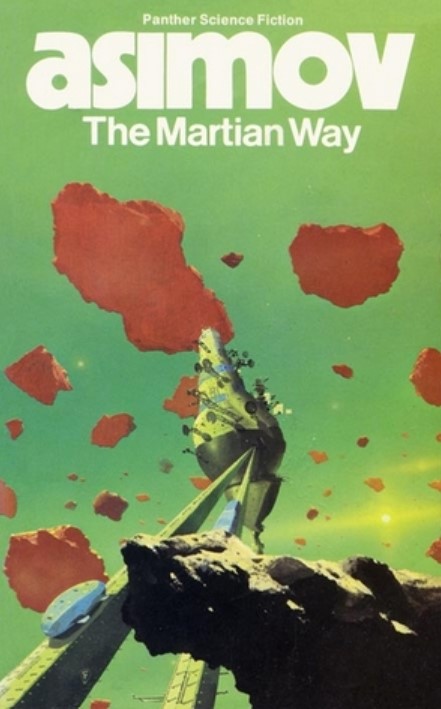
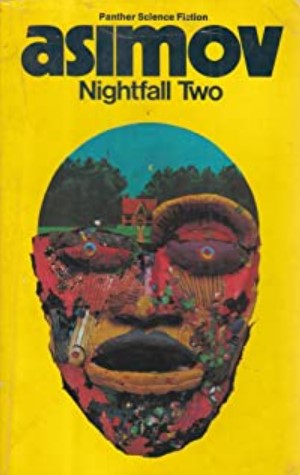
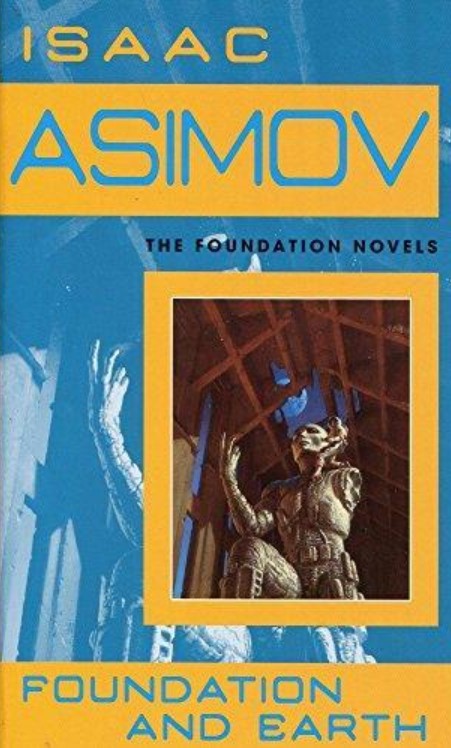
Isaac Asimov's New York Residences
Isaac Asimov wrote a good deal about his life in New York, his love of the city and his reminiscences of reading pulp SF magazines in his youth and reading them in his father's candy stores in Brooklyn. Most of his homes in New York are known, and it's interesting to be able to place the stories he tells in his biographies, and from his many story introductions, to specific locations. I've therefore produced a map that shows the main places he lived in the city, below.
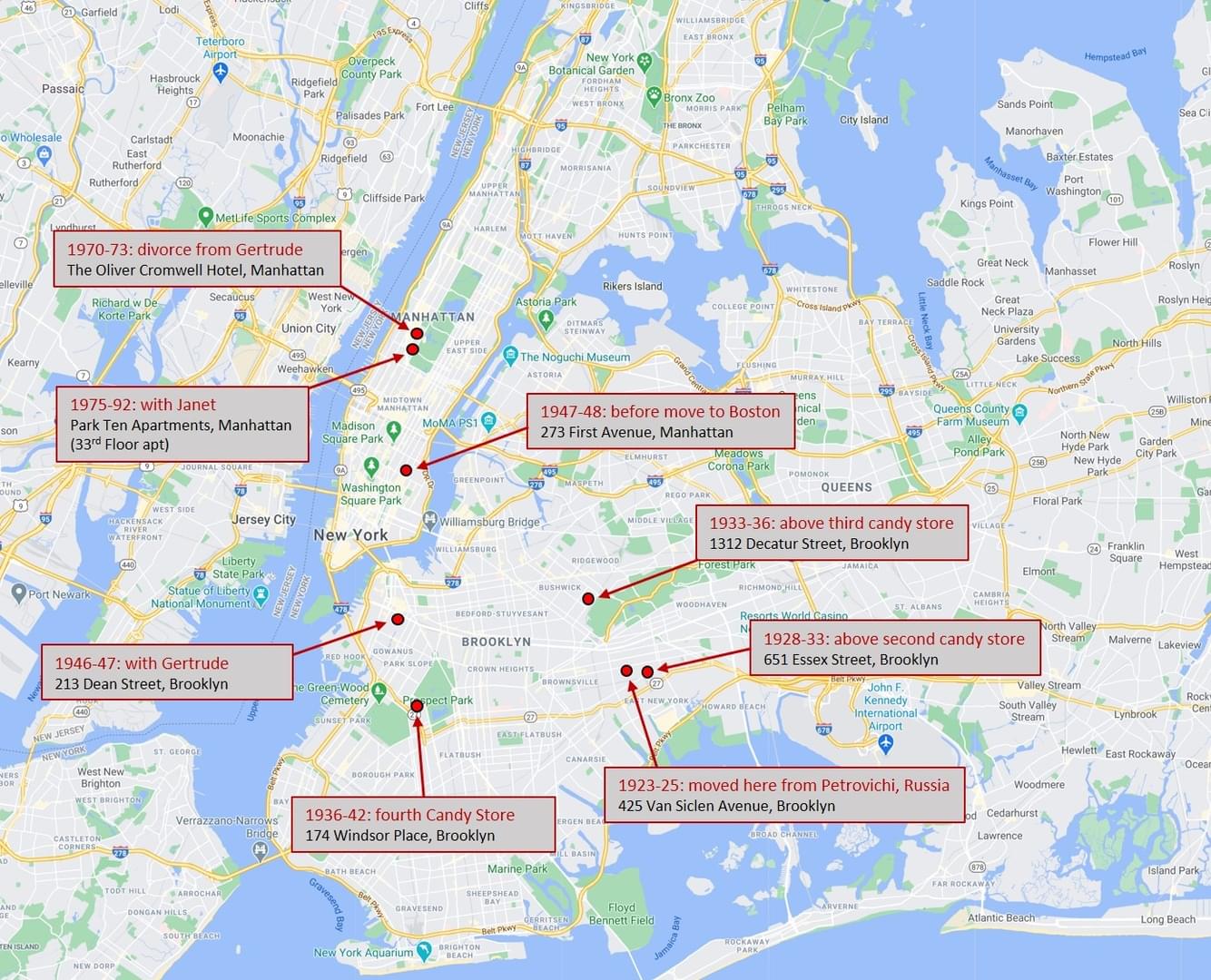
The first house the Asimov's moved to was on Van Siclen Avenue in Brooklyn. Isaac was only three at this time. His many fond remembrances of reading SF magazines in his father's candy stores will have been largely at Essex Street and Decatur Street, where he lived between the ages of 8 and 16. Asimov started working in the Essex Street candy store in 1929. He attended East New York Junior High School 149 in September 1930, entering a rapid advance course, and entered tenth grade at High School, graduating in the spring of 1935. Isaac went to Seth Low Junior College on a scholarship but the college closed after one year, so he continued his university studies at Columbia (Morningside Heights), graduating with a B.S. in Chemistry in 1939 and a masters in 1941. He progressed to PhD studies, which were interrupted by the war, but he ultimately obtained his PhD in 1948. Isaac moved to Philadelphia during the war and his job at the Philadelphia naval yard kept him out of NY throughout WWII, though he moved back with his first wife Gertrude in 1946. He moved away again to work at the Boston School of Medicine from 1949 until his separation from Gertrude in 1970. At this point he moved back to NY, staying for three years at the Cromwell, before moving into a 33rd floor apt at the Park Ten Apartment Building with his second wife Janet in 1975.
UK Panther Science Fiction Editions of Asimov's Books
I grew up in England in the '70's and '80's collecting and reading Asimov's books in the Panther imprint editions, which were mainly illustrated with spaceships on the covers (inappropriately!) by Chris Foss. Below are all the covers I could find of these books, shown in their Robot/Empire/Foundation order. Non-linked books (short story collections, etc.) are shown below the connected Empire books
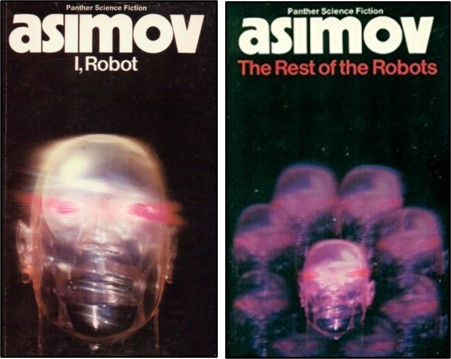

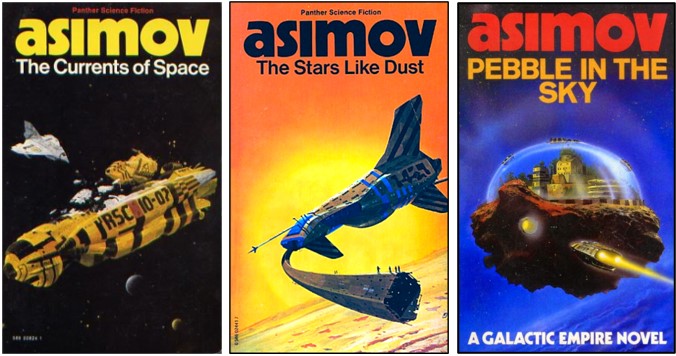
Note: Pebble in the Sky was not published by Panther/ Granada. I guess they didn't have the rights for it. This edition was actually a Sphere book, which used the same font and design as Panther.

